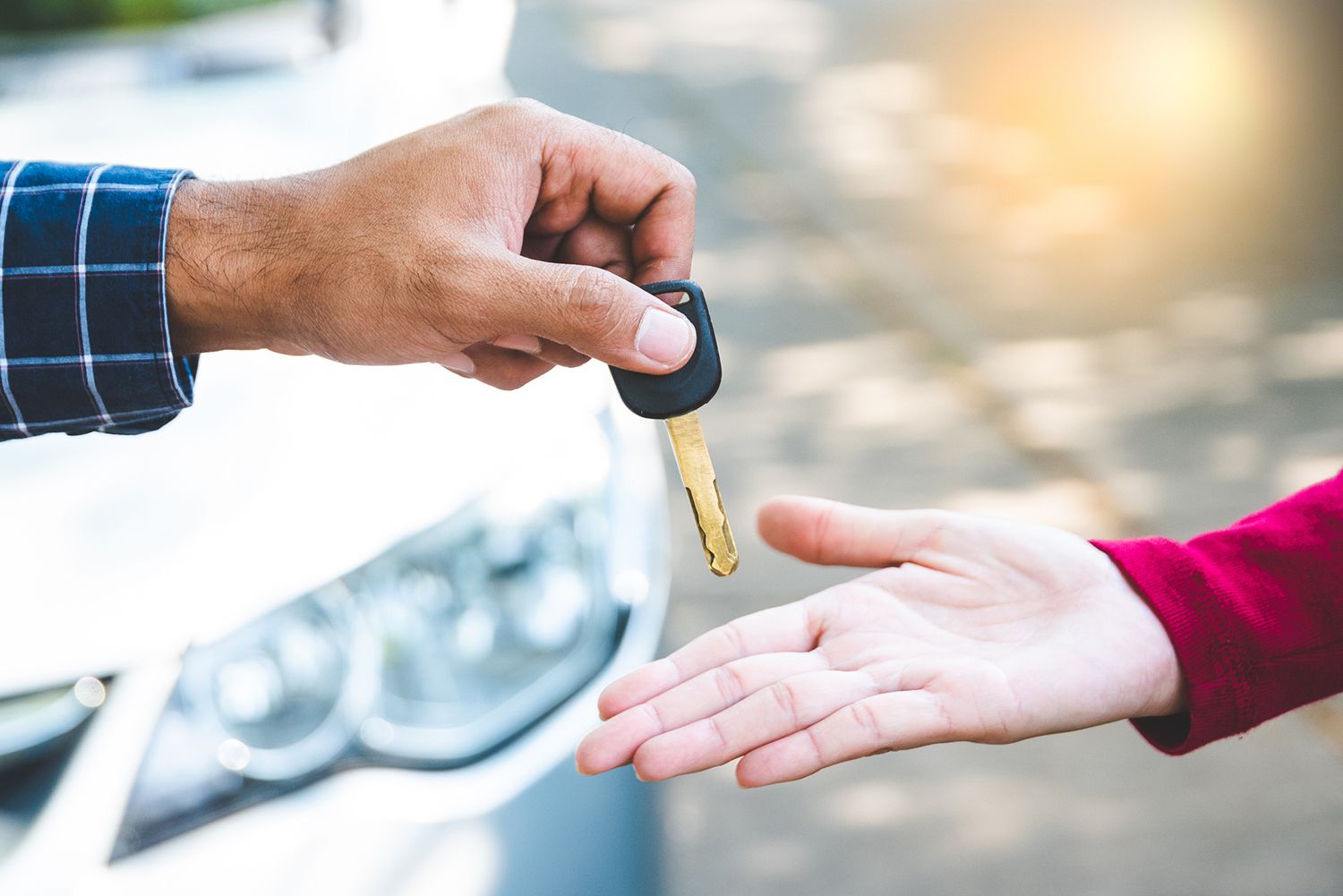[ad_1]
With new cars costing over $47,000 on average and used ones averaging over $28,000, very few people can simply walk into the dealership, write a check, and drive off. Most of us will have to save some money first, either for the full purchase price or, if we’re financing the vehicle, for a down payment. Here are some steps to consider as you save up for your next car.
Key Takeaways
- How much money you’ll need to save will depend on whether you’re paying cash for the car, making a down payment on an auto loan, or leasing the vehicle.
- Making a larger down payment will cost you more at the outset but lower your monthly costs.
- To keep on track, consider setting up a separate account to save for a car.
Set a Savings Target
When you’re saving toward any big purchase, it helps to set a concrete goal. If you’re planning to pay cash for a car, your goal should be the sales price, including taxes and fees. If you plan to finance, you’ll want to save for a down payment. The price you pay and how much you need to save beforehand will depend on a variety of factors, such as whether the car is new or used and whether you plan to buy it or lease it.
Buying New vs. Used
If you plan to buy a new car, you will have to save up at least enough money for a down payment. Historically, putting 20% down has been the norm, but these days, many dealers and lenders will accept less. Some manufacturers and dealers also offer 0% financing promotions from time to time. The average down payment in 2019 was 11.7% and 10.9% for used ones, according to the automotive website Edmunds.
Of course, the less money you put down, the more money you’ll have to borrow—plus interest.
The same goes for financing a used car. One difference is that if you’re buying from a private seller, you’ll almost certainly have to pay cash. However, you might also be able to get a personal loan from a bank or other lender if you’re unable to come up with the full amount on your own.
Buying vs. Leasing
You can lease either a new car or a used one, although leasing is more common with new cars. Leasing payments tend to be lower than car loan payments because you won’t actually own the car but are simply paying to use it for a certain period of time.
Leasing also requires a down payment, sometimes called a capitalized cost reduction, in many instances. That can range anywhere from $0 to several thousand dollars. As with financing a car, the less you put down, the higher your monthly payments are likely to be. However, many experts advise not putting down more than you’re required to, in part because you could lose all that money if your leased car is stolen or totaled in an accident.
Leases often run for about three years, at the end of which you can either return the car to the dealer or buy it at an agreed-upon price. If you’re planning to buy it—or to lease another car—you’ll need to save up for the purchase price or another down payment.
If You Have a Trade-in
If you have a car to trade in toward your new one, that will reduce the amount of cash you have to bring to the table. As a general rule, you’ll get less for your trade-in at a dealer and more if you sell it yourself. However, selling it yourself also takes more work and more of your time. To get an idea of what your trade-in might be worth, consult an online price guide, such as the Kelley Blue Book at KBB.com.
Other Costs for Which You May Want to Save
When you buy a car, especially if you don’t currently have one, you’ll face some additional costs for which you may want to budget. Those include:
State registration and license. If you buy from a dealer, these may be worked into the sales price. If you buy from an individual, you could have to pay for them separately.
Auto insurance. Virtually every state requires drivers to carry at least a certain amount of auto insurance coverage, and it’s often smart to buy more than the minimum if you have other assets to protect from a lawsuit.
Everyday operating costs. Those will include fuel (gasoline or electricity, depending on the vehicle), routine maintenance, and periodic inspections if your state mandates them.
Important
In most states, you need to have auto insurance to drive on public roads, so plan to buy a policy before or on the day you purchase your car if you don’t already have one. Dealers will often require proof of insurance before letting you and your car leave the lot.
Some Tips for Saving
- Start a dedicated car account. To avoid the temptation of spending your car savings for other purposes, it helps to create a separate car savings account. Some good options would be a savings account at your bank or a money-market mutual fund. With either of those, you won’t risk losing money, and you might even earn a little interest.
- Make it automatic. Arrange with your bank, mutual fund, or employer to regularly withdraw a certain amount from your paycheck to deposit into your car account. This way, you won’t have to think about it or get a chance to spend the money on something else.
- Contribute any spare cash. If you receive a bonus at work, a government stimulus check, a tax refund, or even some cash for your birthday, add it to your car account.
And finally, when you’ve saved up enough money and purchased your car, it isn’t too early to start saving for the next one.
[ad_2]
Image and article originally from www.investopedia.com. Read the original article here.

